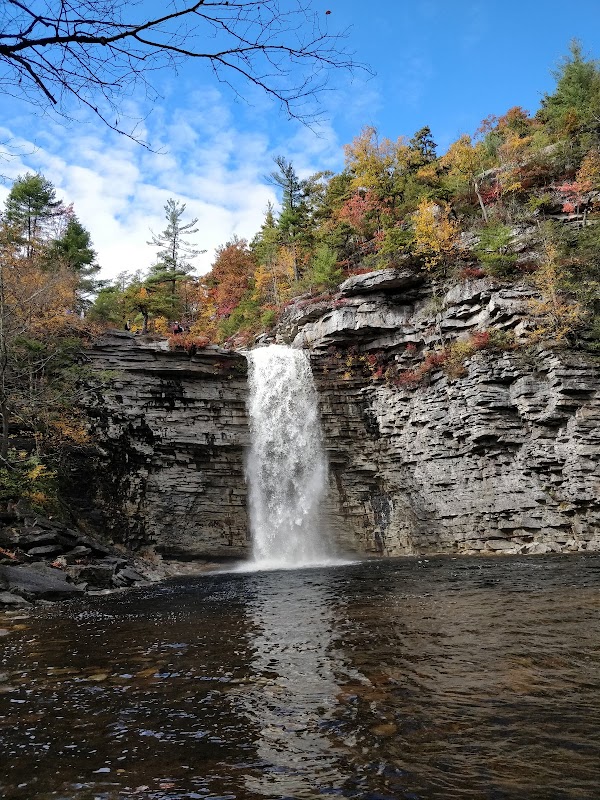
Ridgefield Half Marathon: Experience Connecticut’s Scenic Challenge
Tackle the Ridgefield Half Marathon in Connecticut for a 13.1-mile course through forests, hills, and charming town streets. This race balances scenic beauty with practical challenges, perfect for both novice and experienced runners eager to experience New England’s outdoors.
Choose Trail-Friendly Running Shoes
Expect a mix of dirt, gravel, and pavement. Shoes with good grip and cushioning will protect your feet and keep you steady through changing terrain.
Hydrate Strategically
While there are water stations, carrying a hydration pack or bottle lets you stay in control of your intake, especially on warmer days.
Arrive Early for a Warm-Up
Allow time to stretch and adapt to the terrain. Ridgefield’s mornings can be brisk, so warming up reduces risk of strain.
Pace Hills with Care
Elevation gains are gradual but consistent; lean into the climbs without overexertion. Use downhills to recover but watch footing.
Ridgefield Half Marathon: Experience Connecticut’s Scenic Challenge
The Ridgefield Half Marathon courses through the diverse terrain of Ridgefield, Connecticut, offering runners a dynamic mix of woodland paths, rolling hills, and quaint town streets. Covering 13.1 miles with approximately 600 feet of elevation gain, the route demands steady focus and stamina without overwhelming even seasoned weekend runners. The course threads through forested stretches where the trees seem to lean closer, daring you onward, while open fields offer sweeping views that stretch wide beneath a Connecticut sky that changes with the seasons.
Starting near Ridgefield’s historic town center, the race quickly moves into well-maintained trails and quiet back roads, punctuated by steady climbs and gradual descents that keep pace interesting. The terrain shifts between packed dirt, paved sections, and gravel shoulders, making footwear choice crucial. It’s an environment fiercely itself—natural elements like the steady rustling of leaves and occasional chirp of wildlife keep up an unyielding tempo that challenges your mental rhythm as much as your physical endurance.
Time your run to benefit from cooler morning temperatures, especially in spring or fall when humidity is low and the air is crisp. Hydration stations are strategically placed, but carrying a lightweight hydration pack or belt can provide a reliable lifeline if you prefer. Traction-focused running shoes with enough cushioning will manage the varied surfaces comfortably while protecting from the sharper stones and occasional wet patches.
As you power through the course, the community’s energy pulses in after each trail stretch; spectators along the town streets offer cheers and encouragement, reminding you that every step counts and pushing you through moments of fatigue. Post-race, Ridgefield hosts local food vendors, perfect for refueling with fresh, hearty fare sourced from the surrounding farms.
The Ridgefield Half Marathon isn’t just a race. It’s an engagement between runner and a landscape that demands respect: the hills push back firmly, the woods whisper a challenge, and the trail beckons with both firm ground and elusive promise. Readying yourself for this test means embracing the practical—hydration, gear, pacing—with eyes wide open to the adventure ahead.
Nearby Trips
All Adventures
Boat Charters
Water Activities
Adventures near Ridgefield, Connecticut
Discover the unique and memorable adventures that make Ridgefield, Connecticut special.
Frequently Asked Questions
What kind of terrain does the Ridgefield Half Marathon include?
The course features a combination of paved roads, compact dirt trails, and gravel shoulders, with rolling hills and forested sections that challenge your footing and pacing.
How hilly is the Ridgefield Half Marathon?
Runners face roughly 600 feet of steady elevation gain spread throughout the course. The climbs are gradual but require careful energy management.
Are there water stations during the race?
Yes, there are several water stations spaced along the route. However, carrying your own hydration is recommended, especially in warm weather or if you prefer more frequent access.
Is the race suitable for beginner runners?
While accessible to intermediate runners, beginners should train for the hills and mixed terrain to ensure comfort and safety during the event.
What kind of wildlife might I encounter along the course?
Runners often spot eastern chipmunks, various songbirds, and white-tailed deer in forested parts. Wildlife typically stays clear but adds to the natural rhythm of the run.
What should I know about parking and race-day logistics?
Parking is available near Ridgefield’s town center at designated lots. Arriving early is crucial to secure spots and complete race registration smoothly.
Recommended Gear
Trail Running Shoes
Provide grip and support across mixed dirt, gravel, and paved sections, reducing risk of slips and fatigue.
Lightweight Hydration Pack
Allows consistent hydration on warmer days, beyond the available water stations.
Moisture-Wicking Layers
Regulate body temperature throughout the varying conditions of the race.
Grip Traction Cleats
Provide extra footing on icy or packed snow sections if you run in cold months.
Local Insights
Hidden Gems
- "The small observation deck near Hemlock Hills Trail offers quiet views often missed by runners focused on pacing."
- "The old stone walls lining portions of the trails hint at Ridgefield’s colonial farming heritage."
Wildlife
- "Eastern Box Turtles"
- "Red-tailed Hawks"
- "Wood Thrush"
History
"Ridgefield carries deep roots as a colonial town with several historic buildings and landmarks near the race start, adding cultural texture to the outdoor experience."
